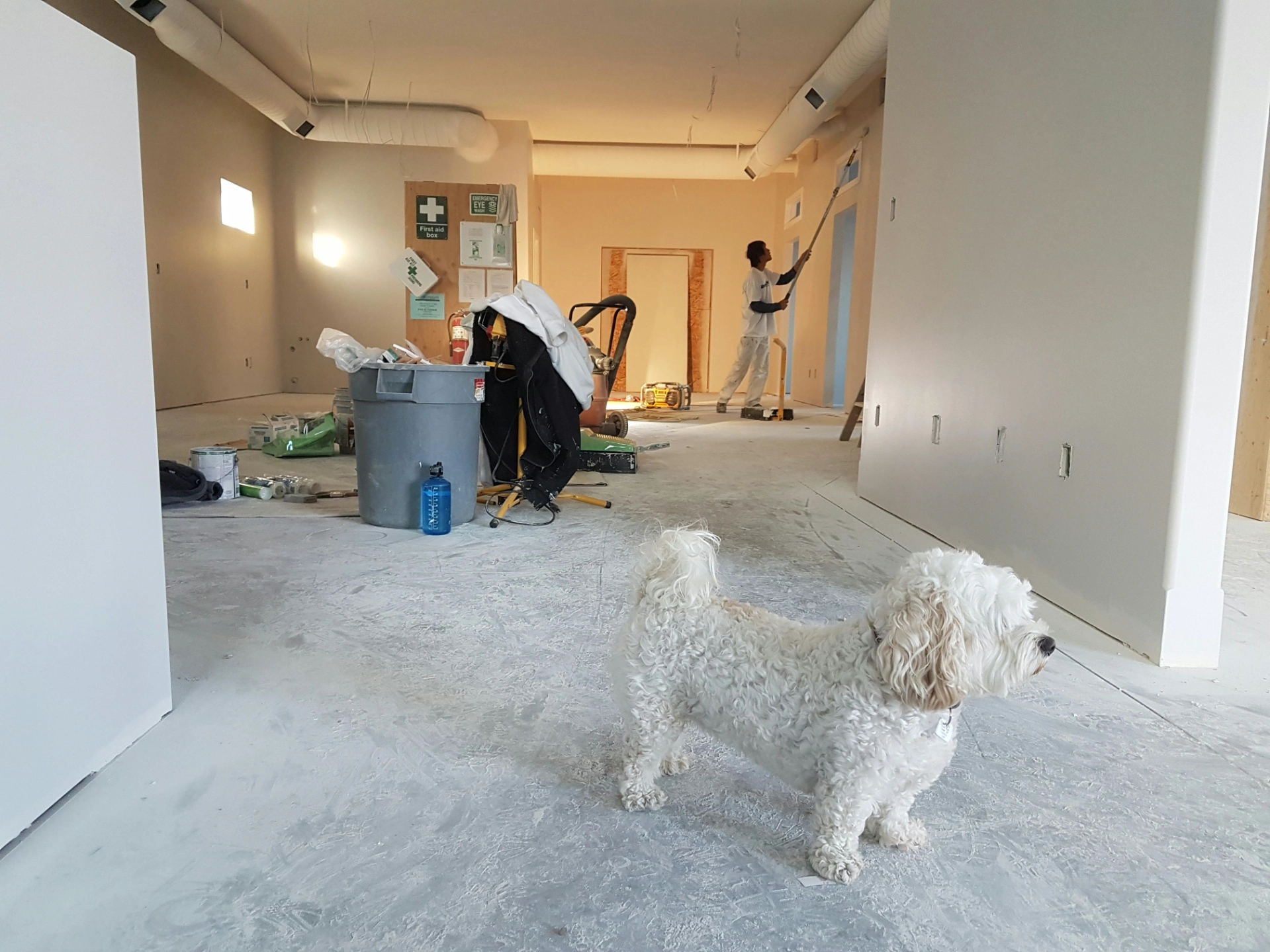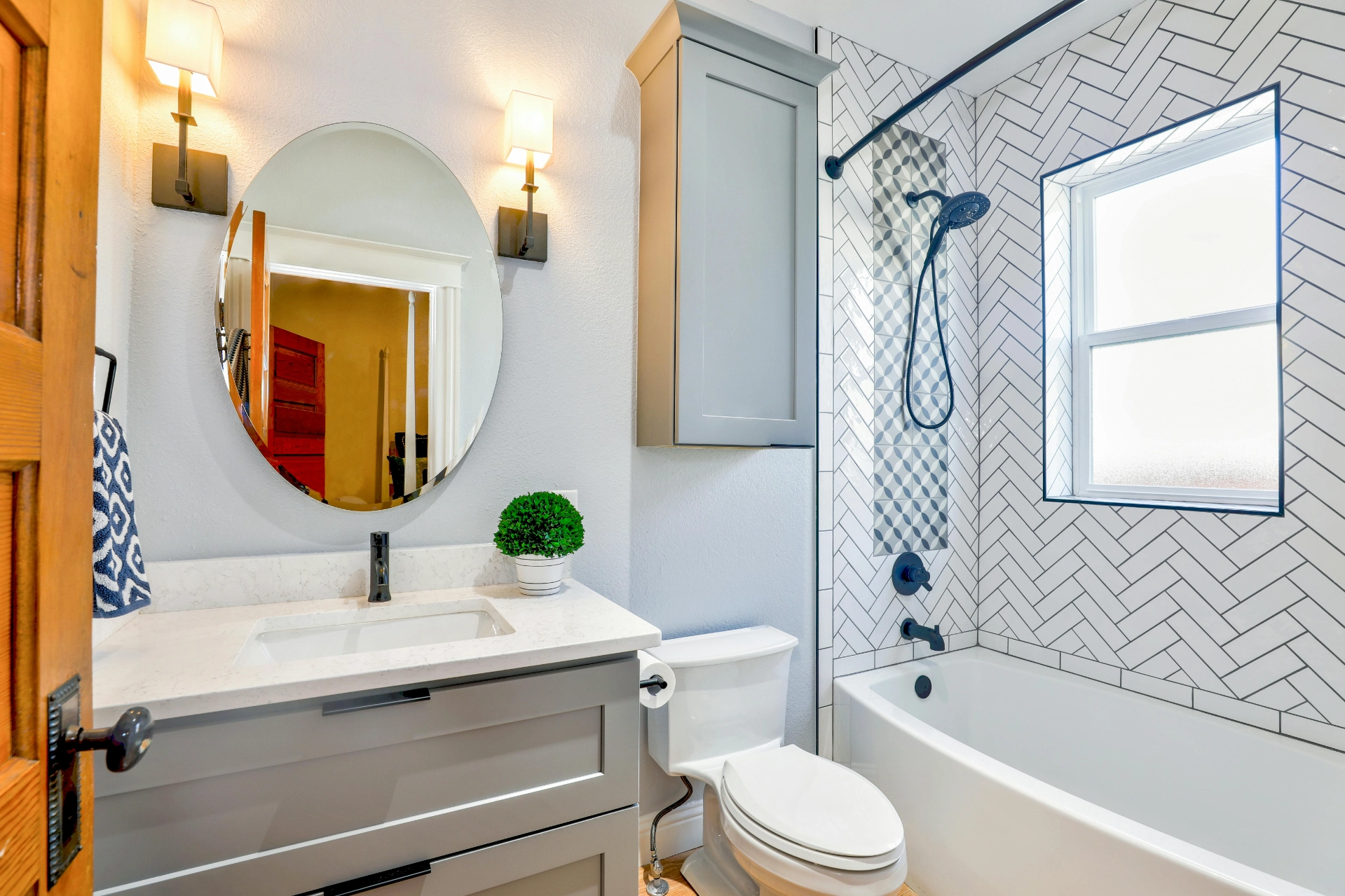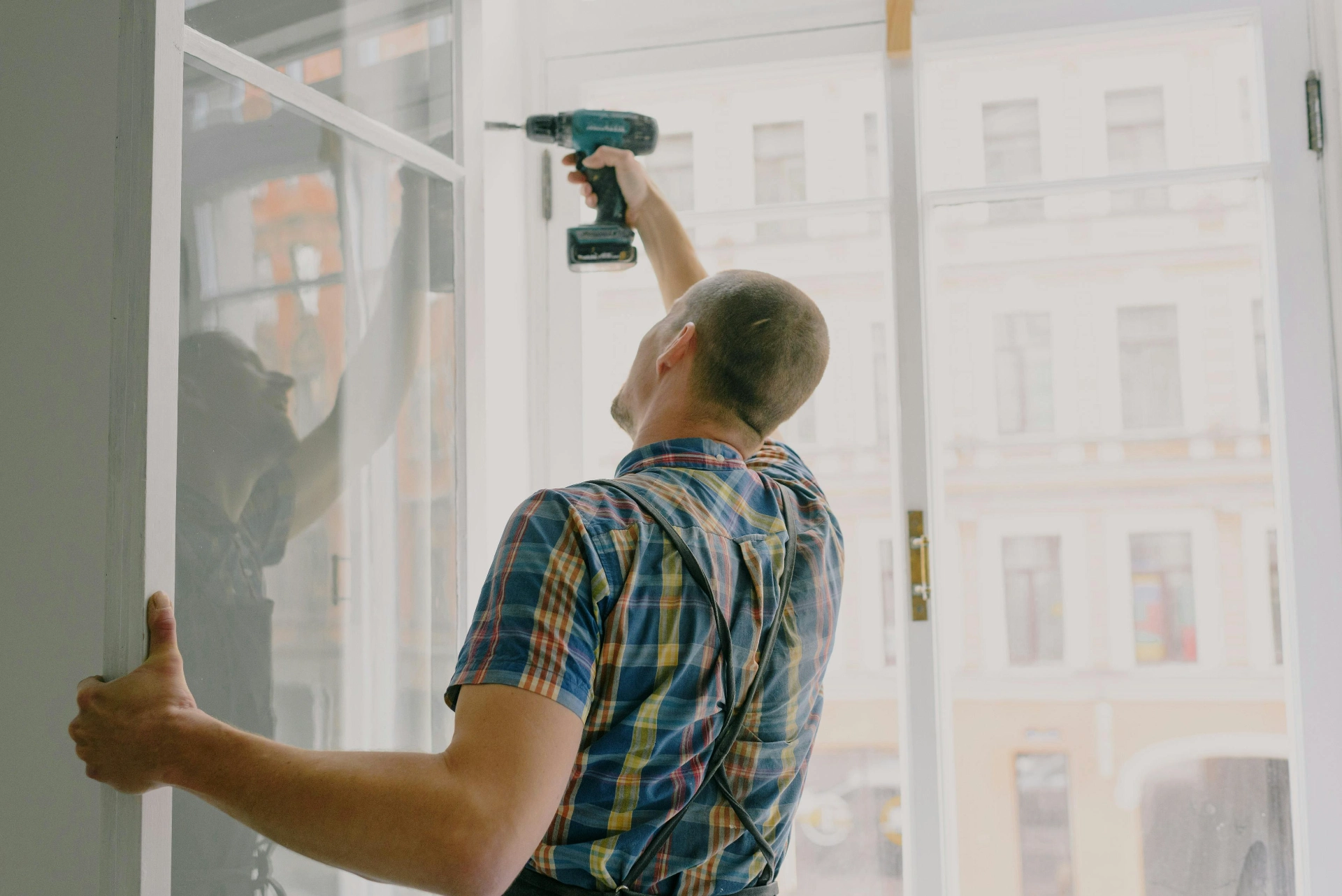Humidity in the home is far more than just an inconvenience. When left untreated, it can lead to the growth of mold, damage the building structure, degrade materials, and harm the health of the occupants. This article helps you understand the causes of humidity, the effective solutions to eliminate it sustainably, and the available financial assistance for carrying out necessary work.
Why Humidity in the House is a Problem You Shouldn’t Ignore?
Humidity is one of the most common issues in homes, yet it is often underestimated. An excess of humidity doesn’t just result in a few mold stains or an unpleasant odor. Over time, it can damage building materials, compromise thermal insulation, weaken the structure, and harm the health of the inhabitants. Respiratory irritation, allergies, asthma… the consequences can be severe, especially for children and vulnerable individuals.
This issue affects both old and modern homes. A porous roof, poor ventilation, rising damp, thermal bridges: the causes of humidity are varied and sometimes hard to identify without the expertise of a professional. However, quick and targeted intervention can often solve the problem sustainably.
In the following sections, we will review the main causes of humidity in a home, the technical solutions to remedy it, and the financial aid that can facilitate the necessary work.
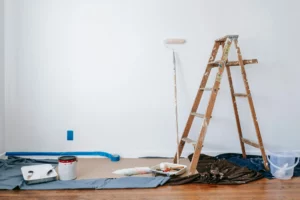
How to Recognize a Humidity Problem at Home?
Certain signs are unmistakable. Here are the main indicators of excessive humidity:
- Black or green stains on walls or ceilings
- Blistered paint or peeling wallpaper
- Cold or damp surfaces to the touch
- Persistent musty odors
- Indoor humidity levels above 60%, measurable with a hygrometer
Quick detection allows for effective action before the damage becomes too significant.
What Solutions Are Available for Permanently Treating Humidity?
The solution to adopt depends on the identified cause. Here are the main options:
Improve Ventilation
Installing a mechanical ventilation system (VMC), especially a double-flow system, is a very effective solution. It allows for continuous air renewal, reducing condensation and stagnant humidity.
Treat Infiltrations
Sealing work may be necessary to prevent water from entering through the roof, windows, or exterior walls. This may include:
- Roof repairs
- Replacing outdated window frames
- Applying waterproof coatings on facades
Stop Rising Damp
For capillary rises, resin injections or hydrophobic products in the walls can block the upward movement of water from the ground.
Precautions Before Starting Work
Before any intervention, it is essential to accurately assess the origin and extent of the damage. Here are the key steps:
- Have a professional diagnosis: Only an expert can accurately identify the cause of humidity and recommend the appropriate treatment.
- Respect safety standards: Some works may involve chemicals or confined areas like basements. Therefore, professional intervention is essential.
- Choose certified companies: This ensures both the quality of the work and eligibility for certain financial aids conditioned by the involvement of recognized artisans.
Preventing Humidity Recurrence: The Right Practices
After the work, it is crucial to maintain good practices to avoid the problem returning:
- Ensure regular ventilation of rooms, especially bathrooms, kitchens, and laundry rooms.
- Check and maintain your ventilation system: clean vents, replace filters as needed.
- Monitor humidity levels with a hygrometer and use a dehumidifier if necessary.
- Regularly check the seal of window frames and seal any leaks as soon as they appear.
What Financial Aid is Available for Humidity Treatment Work?
There are several financial assistance programs available:
- Public subsidies for energy renovation, including the installation of VMC systems or insulation.
- Local or national grants for treating humidity.
- Aid from Anah (National Housing Agency) for low-income households.
- Zero-interest eco loans, depending on the work undertaken.
Platforms like RenovSmart connect you with certified professionals who can carry out a precise diagnosis and guide you to the aids you are eligible for.

Resources for Managing Humidity and Renovating Your Home Sustainably
Treating a humidity problem can represent a significant cost, especially when major work is required. Fortunately, there are several aid mechanisms to assist individuals in their efforts, especially for renovation projects.
Available Financial Aid
Various subsidies can be used to reduce the cost of humidity-related work:
- Aid from the National Housing Agency (Anah): Under its “Healthy Living” program, Anah can finance part of the work aimed at improving the healthiness of a home, particularly for treating rising damp, resealing, or installing an effective ventilation system.
- MaPrimeRénov’: This aid targets energy renovations, including insulation or ventilation work that can help eliminate humidity.
- Energy Savings Certificates (CEE): Some companies offer grants for work that saves energy, such as wall insulation or installing a double-flow VMC system.
- Preferential loans: Such as the zero-interest eco loan, available under certain conditions to finance energy renovation work.
Humidity: An Obstacle or an Opportunity for Renovation?
A humid home often signals the need for renovation. In fact, treating humidity is an essential step in any sustainable renovation project. It’s not enough to simply beautify or insulate a home; if the humidity issues are not addressed at the source, the work may be ineffective or even counterproductive.
Taking advantage of a global renovation project to dry out the home (wall drying, resealing, ventilation, insulation…) allows you to enhance the property, improve comfort, and achieve long-term energy savings.
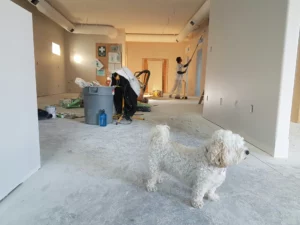
Surround Yourself with the Right Professionals
To benefit from aid and ensure the quality of the work, it is essential to call on certified RGE (Recognized Environmental Guarantee) companies. These experts are qualified to conduct an accurate diagnosis, propose the most suitable solutions, and ensure the compliance of interventions.
Specialized platforms like RenovSmart can connect you with qualified artisans in the humidity treatment and home renovation sector. With their support, you gain peace of mind and efficiency.
Preventing Humidity Recurrence: Maintenance, Vigilance, and Ongoing Renovation
Once the humidity problems are treated and the work is completed, it is essential to maintain proper maintenance to prevent recurrence. Humidity is a problem that can reappear if the initial causes are not permanently resolved or if the home is not properly maintained.
Ensure Effective Ventilation All Year Round
The first rule to prevent humidity is to ensure proper ventilation of the home. A well-maintained VMC system allows continuous air renewal, evacuates ambient humidity, and prevents condensation, especially in wet rooms. Be sure to:
- Clean the air vents regularly.
- Check filters and the system’s proper functioning.
- Never block openings meant for air circulation.
Regularly Monitor Sensitive Areas
Certain areas of the home need regular inspection: window frames, bathroom joints, ceilings under the roof, and walls exposed to the elements. A small crack or a discreet infiltration can quickly turn into a major problem.
Equipping Your Home Smartly
A hygrometer helps monitor the humidity level in the air. If it regularly exceeds 60%, using a dehumidifier can be helpful in addition to proper ventilation.
Maintain Your Home: Renovate for the Long Term
Preventing humidity is part of ongoing renovation. A healthy home is one that evolves over time: replacing old window frames, reinforcing attic insulation, installing waterproof membranes… all these actions, even when occasional, contribute to preventing humidity from appearing in the future.
Investing in Maintenance and Renovation: Protecting Your Property’s Value
Investing in maintenance and renovation is key to protecting your property’s value, improving your living comfort, and avoiding costly repairs in the future.
Integrating Renovation Into Your Humidity Strategy
When humidity has taken hold in a home, a simple repair may not always be enough. In many cases, undertaking renovation work is the most effective solution to permanently dry out your living space. Renovating isn’t just about modernizing your interior; it’s also a preventive approach to ensure humidity issues don’t return.
A well-thought-out renovation can help identify and fix the building’s weak points: wall insulation, roof repairs, foundation sealing, replacing old windows… These interventions not only reinforce protection against humidity but also improve thermal comfort and energy efficiency.
Conclusion: Act Now for a Healthy and Humidity-Free Home
Humidity in the home is not just an inconvenience; it is a serious issue that can affect your comfort, health, and the very structure of your home. Identifying the causes, adopting the right solutions, and carrying out renovation work, if necessary, are essential steps to permanently eliminate mold and humidity.
Ready to tackle your humidity problem?
Save time and ensure quality work by reaching out to qualified professionals.
RenovSmart is the ideal platform for connecting with trusted experts in humidity treatment and home renovation. Whether it’s diagnosing a humidity problem, renovating a wet room, or starting a complete project, you’ll find the right artisans for a fast and effective intervention.
Don’t let humidity damage your home: visit RenovSmart
Be smart today and transform your home into a healthy and sustainable space. Click the button below to get your free quote.
Get your humidity renovation quote on RenovSmart.

